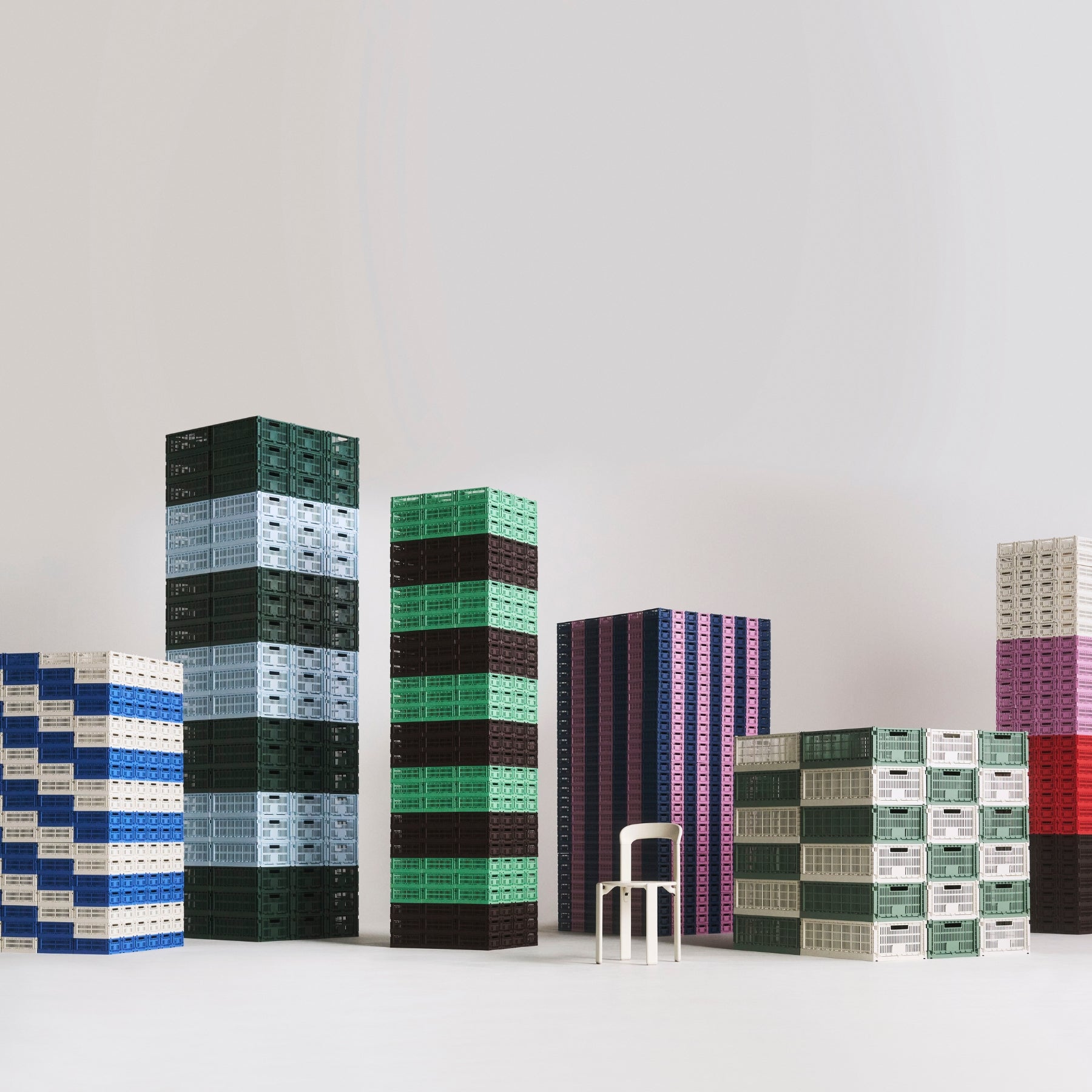Growing up, being told to tidy up your room was a given. Your parents would tell you to make your bed, prompt you to pick up your clothes, toys and papers from the floor, and remind you to put things away when you had finished using them. It always felt like a chore but it actually put us in good stead for adulthood, when life becomes more chaos than calm.
Whether its friends coming around for lunch or your parents stopping by for dinner, we often go into tidy up mode when we’re expected guests. But being proper house proud isn’t about stashing away clothes, junk and miscellaneous objects in a spare room and locking the door. Everything in our homes should really have a place and the functionality of a space shouldn’t be impaired by the items within it.
Being able to stay organised and efficient is the key to keeping your house and health in order, but it’s not always easy. As an adult, cleaning up your room becomes cleaning up your home and workspace, but with age comes experience, and it sometimes manifest itself in things.
Learning To Let Go
Obsessing over how little or how much you have and where you’ve put it can sometimes turn compulsive, which is a mental condition better known as hoarding. Not to be confused with collecting (which is seeking out and maintaining a specific set of items), hoarding is the uncontrollable and often unconscious act of holding on to a large number of items that are not needed, and it can be an easy trap to fall into.
There are 5 main reasons why people hoard:
- Family History and Habits
- Mental Illness
- Sentimental Value
- Physical Barriers
- Monetary Value
Undoing bad behaviours you may have picked up over the years is generally the first step people need to take. Growing up in a big or busy household means there’s a high change of hoarding characteristics developing, as either an accumulation of everyone’s things or disagreements over what to keep or chuck out resulting in a kind of storage stalemate. Being aware of tricky traits and getting proactive about how to change them is crucial, and it could be as simple as everyone sorting stuff out together every few months.
Experiencing trauma or loss is another way that hoarding can creep up on you. Being resistant to change and holding on to things can make someone feel safe, secure and in control when other aspects of their life are not. Getting to the root of your rut – personally or professionally – is recommended.
In the same vein, having emotional attachments can stall decluttering efforts. It might be newspapers your late father collected, now teetering high on a desk, or a bulky bit of furniture passed down but now gathering dust in the garage. The nostalgic feelings and memories something evokes is very powerful. So, you might ask, why would you want to throw it out? Well, it comes down to where the item is and if it is impeding your day-to-day activities. If it’s not an issue, then yes, these types of items are well worth hanging on to, especially for future generations.
Hoarding is not all psychological though. Physical problems such as chronic health conditions or a general lack of fitness and energy can leave you unable to tidy up even if you want to. Getting people around to help you go through items can be a good excuse for a get-together. And don’t rush it – the clutter isn’t going anywhere!
There are also very rational reasons for hoarding - money. If you consider what you have to be unique, antique or rare, holding on to it for a few more years or decades could yield a nice profit. An evaluation will give you a good guild as to the current price and if there’s a chance it will increase in value over time.

Tips To Tidy Up
Whether you identify with hoarding tendencies or not, most people would benefit from a spring-clean. Decluttering an antidote for hoarding, and involves removing unnecessary items from untidy or overcrowded places, to make it more pleasant and practical.
Oprah's decluttering doyen, Australian professional organiser Peter Walsh, believes that “clutter is anything that stands in the way of people living their best lives”. Author of several books (including New York Times bestsellers ‘It's All Too Much’ and ‘Enough Already!’) and host of TV show ‘Space Invaders’ (which aired earlier in the year), Walsh helps singles, couples and families address the obstacles getting in their way, before they can cull their clutter.
He classifies all non-essential household items into one of the following categories: Memory, I-Might-Need-It and Trash/Recycling. The I-Might-Need-It collection of clutter is usually the first place to start as you will often discover you don’t actually need it at all.
Unless a piece is damaged beyond repair, giving it a second life is the most rewarding way to go. From going through the cupboards and giving clothes than no longer fit or suit you to a family member or friend, to donating furniture to op-shops and charities, it’s ideal to hand something down rather than throw it away.
Going digital is also a great way to cut down on the amount of paperwork you’ve accumulated and avoid the mad scramble around the house or home office for bills and receipts. Sort items into groups and put them plastic tubes, boxes or on shelves, clearly labelled and easy to access. Cleaning out pantries and cabinets in your kitchen and bathroom, respectively, will also ensure general products that are either out-of-date or no longer in use are binned regularly.
And we can’t talk about tidying up without mentioning Marie Kondo. The Japanese organising consultant became an international internet sensation in 2019 with her smash-hit Netflix show ‘Tidying Up with Marie Kondo’. Her unusual KonMari Method is a minimalist approach to tackling your clutter category-by-category rather than room-by-room. The goal - reiterated many times in Marie Kondo’s books - is to have a house full of items that “spark joy” and don’t overwhelm.

Smart Storage Solutions
Buying more to help you have less may sound counterintuitive, but buying the right items will mean better storage and less clutter (even if it’s just on the surface to start with).
Shelving units are a must-have. Sleek, functional and simple in design, they are perfect for having your most treasured possessions out on display instead of hidden away. There are many different ways to utilise a shelving unit, but for basic organisation, they work particularly well for storing papers, stationary and general supplies in your workplace or home office space.
Speaking of the office, a desk is not an adequate desk unless it has drawers. From natural oak varieties with drawers on either side, and a desk with the option to assemble the trays wherever you wish, to a high desk with built-in shelves and space for endless storage possibilities.
Consoles and sideboards are also clever for housing decorative items around the home, such as flowers, photos, books, and everyday essentials you’ll want within reach, or an entertainment unit for your living room to keep DVDs, CDs, cables and electrical equipment tidy and together. Objects like our Scandinavian Wooden Spheres and Galaxy sculptures are perfect storage decor pieces too, to hold your jewellery, sweets, or loose change & keys and to declutter your dresser or table.
Do the things in your home spark joy? Get your clean up cap on this weekend and feel the declutter difference!










